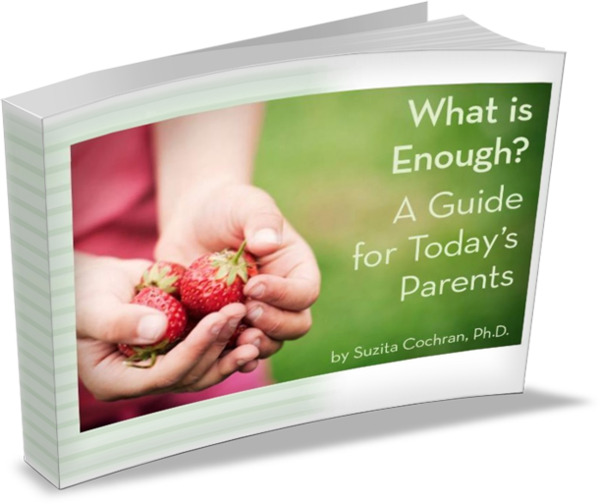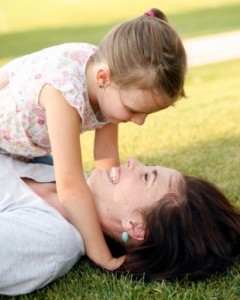 When our middle child, Daniel, was 3 one of the phrases we’d regularly hear was, “Will you roughhouse me please?” He was so desperate for this kind of play that it was the only time he consistently used the word “please.” It worked. Saying please usually does. I regularly got down on the carpet with him.
When our middle child, Daniel, was 3 one of the phrases we’d regularly hear was, “Will you roughhouse me please?” He was so desperate for this kind of play that it was the only time he consistently used the word “please.” It worked. Saying please usually does. I regularly got down on the carpet with him.
Around this time Daniel and his siblings’ favorite roughhousing game was Airplane (when the parent is on her back with bent legs and the child climbs onto her legs to fly like a plane). The names we gave our Airplane variations hint at their natures: Crash Landing, Washing Machine, Volcano. Another favorite game of Daniel’s was sitting on my knees as I sat on a chair and bounced him like a bucking bronco while singing a cowboy song. He, meanwhile, attempted to stay on my knees as long as possible while giggling uncontrollably.
Both Daniel and I were happy and exhausted when these roughhousing sessions ended (which was usually because some part of Mama’s body could not tolerate even one more Airplane session at that moment).
Using Roughhousing to Teach Kids Life Skills
I’d read in various places how to use rough and tumble play to teach kids self-control and even social skills. When Todd or I wrestled with our kids we talked beforehand about saying “Stop!” if things went too far. Each time our kids said to stop, we always did so immediately (even when there didn’t seem to be an obvious reason) since we wanted to teach them that you stop when someone tells you to. We also watched the other person’s face and body language while playing as a way of listening to our partner.
When my kids were young, I sensed the importance of roughhousing and the potential it had to teach them vital life lessons, but I didn’t realize the extent of possibility in this play until my friend Kim mentioned the book, The Art of Roughhousing: Good Old-Fashioned Horseplay and Why Every Kid Needs It, by Anthony DeBenedet, MD and Lawrence Cohen, PhD.
I love this sentiment from the book:
Roughhousing is great fun. It’s also a little dangerous. In fact roughhousing is great fun because it’s a little dangerous.
The Art of Roughhousing lays out numerous ways that horseplay can help kids and why it’s a need, not simply a want. Those of us who are parents of boys have most likely seen how driven they are to make contact with each other and their love of rough play. But the book reminds us of how valuable it is to roughhouse with our daughters as well.
Rough and Tumble Play Helps Girls
Although girls are more likely to use their voices than their bodies when communicating with peers, DeBenedet and Cohen claim that if girls roughhouse at home, they can more easily speak up for themselves in a direct manner in all aspects of their lives. Roughhousing gives girls a way to test their strength and power and to become more confident.
What Good Old-Fashioned Horseplay Can Teach
For both boys and girls, horseplay with a parent has the potential to teach emotional intelligence including social awareness, cooperation, fairness, and altruism. This is because rough play with another person activates many parts of the body and brain – from the amygdala (emotional regulation) to the cerebellum (balance, coordination, and complex motor skills) to the prefrontal cortex (planning and decision-making).
During roughhousing, we parents can model for kids how a bigger person can let a smaller person win – demonstrating cooperation and impulse control, and teaching that winning isn’t everything. When parents stop the horseplay because the child’s demeanor has changed from excited to upset, they are showing their child how to be aware of another person. This is also a time when parents model empathy by spending time comforting the unhappy child.
During rough and tumble play, most of these valuable emotional and social lessons are being taught nonverbally to kids, a compliment to the more verbal and passive academic learning they receive at school. It’s as if these roughhousing lessons are integrated straight into our children’s growing bodies. Then when the child has a similar experience later, she has a body-memory already there from which to draw.
Many parents and teachers are hesitant about roughhousing these days. I think most mothers understand where this ambivalence may come from. However, reading this book reminded me that horseplay has so much to offer our kids (and us) that it is worth getting past one’s reservations. The Art of Roughhousing also describes various tried and true roughhousing games geared to a child’s age.
Five Roughhousing Tips for Parents
1. Tune in to your child. Don’t simply begin roughhousing because you are in the mood, or it’s a good time. Notice when your child is ready for this type of play. (Dads, this may not be right before bedtime.)
2. Leave time for settling down after a roughhousing session. Don’t roughhouse just before walking out the door to school, for example.
3. Make eye contact with your child when you roughhouse. Eye contact is an important aspect of social and emotional intelligence and rough and tumble play is a good time to practice this skill.
4. Stop immediately when your child says to stop. Ask why he or she wanted to stop afterward if you are unsure.
5. Beware of tickling. If you choose to tickle your child, watch them carefully when doing so. Laughing during tickling doesn’t always communicate, “Keep tickling me.” The authors suggest “almost tickling” when you just barely tickle the child. This potential tickle can bring on peals of giggles, as well.
Little Roughhousers Grow Up
Sadly, my two older kids have grown too big for many of the roughhousing games listed in this book. But I have roughhousing suggestions for parents of big kids (and let’s face it, we’ll all be those people eventually).
Here’s a variation of one game in the book which works at our house with kids and adults of all sizes.
Straight-armed push:
Two people stand facing each other with arms out straight, and hands clasped with the other person. On the count of 3, begin trying to push the other person backwards (still on their feet), keeping arms straight. This is surprisingly good exercise and fun! My kids beg for more.
A More Structured Rough and Tumble Activity
Another way to handle the need for roughhousing as kids get older and bigger, is to begin a martial art or similar activity involving two people. We chose To-Shin Do for our kids, a defense-oriented martial art which involves strength, strategy, and physical contact. While practicing a martial art isn’t as free-form as roughhousing, To-Shin Do seems to meet a good many of my kids roughhousing drives.
Now I better go rest up because Daniel’s about to get home from middle school and he and I have a straight-armed push roughhousing date soon after he arrives.
I’m sure readers have additional ideas about roughhousing, and I’d love to hear them. Leave a comment below!
_____
By the way, The Art of Roughhousing might be a fun gift for Mother’s or Father’s Day when the time comes.


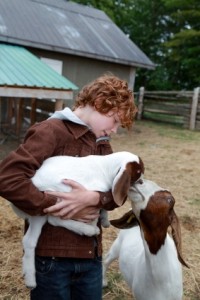
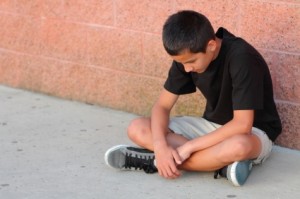




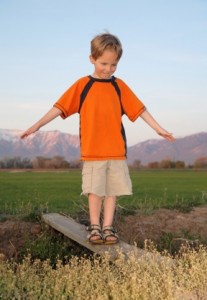

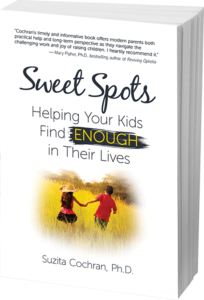 Sweet Spots: Helping Your Kids Find ENOUGH in Their Lives.
Sweet Spots: Helping Your Kids Find ENOUGH in Their Lives.

